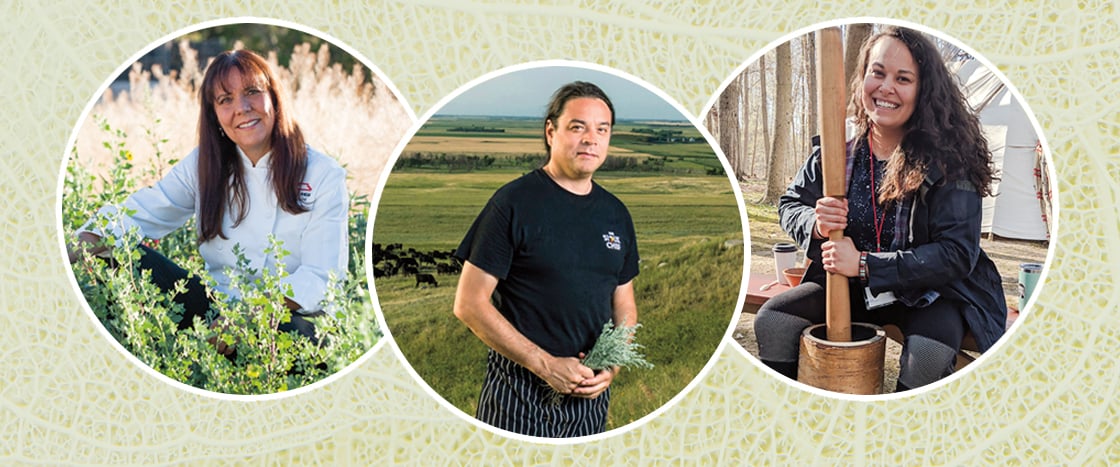Native Americans have lived on the land that is now the United States for thousands of years. For much of their history, they have made tasty dishes from plants they found close to home. They also fished and hunted local game, such as deer and bison.
In the 16th century, Europeans began arriving in the Americas. They brought foods that Native Americans had never seen before, such as dairy products and wheat flour. Native Americans introduced Europeans to tomatoes, squash, beans, and many other foods we eat today.
In the 1800s, the U.S. government began forcing tribal nations to leave their land, where they were experts at growing and preparing food. They were moved onto pieces of land called reservations.
This removal harmed the health and culture of Native Americans. Many Indigenous peoples could no longer find or grow their traditional foods. The government gave them foods made from European ingredients that were often high in fat, salt, and sugar.
Today, many Indigenous people from tribal nations all over the country are working to keep their food traditions alive. Read on to meet three chefs who are sharing these foods with a wide audience.
Native Americans have long lived on the land that’s now the United States. They were here for thousands of years. For much of that history, they made tasty dishes from plants they found close to home. They also fished and hunted local animals, such as deer and bison.
People from Europe came to the Americas in the 16th century. They brought new foods, like milk and wheat flour. Native Americans shared foods with Europeans too. Some examples are tomatoes, squash, and beans. We still eat many of these foods today.
Tribal nations knew how to grow and prepare food on their lands. But the U.S. government began forcing them to relocate in the 1800s. They were moved to pieces of land called reservations.
This harmed the health and culture of Native Americans. Many Indigenous peoples could no longer find or grow their traditional foods. The government gave them foods made from European ingredients. They were often high in fat, salt, and sugar.
Today, many Indigenous people are working to keep their food traditions alive. Read on to meet three chefs sharing these foods with others.

